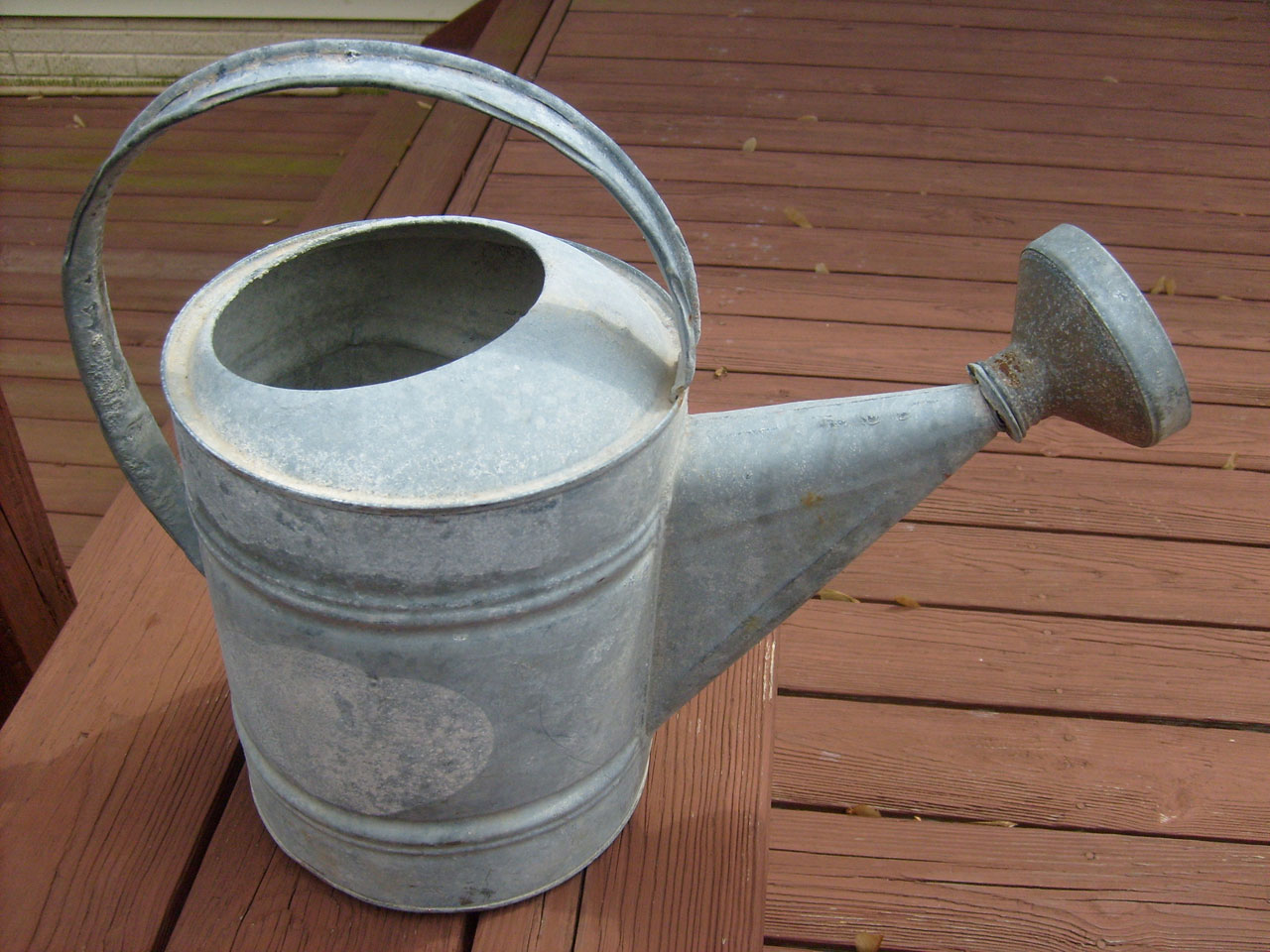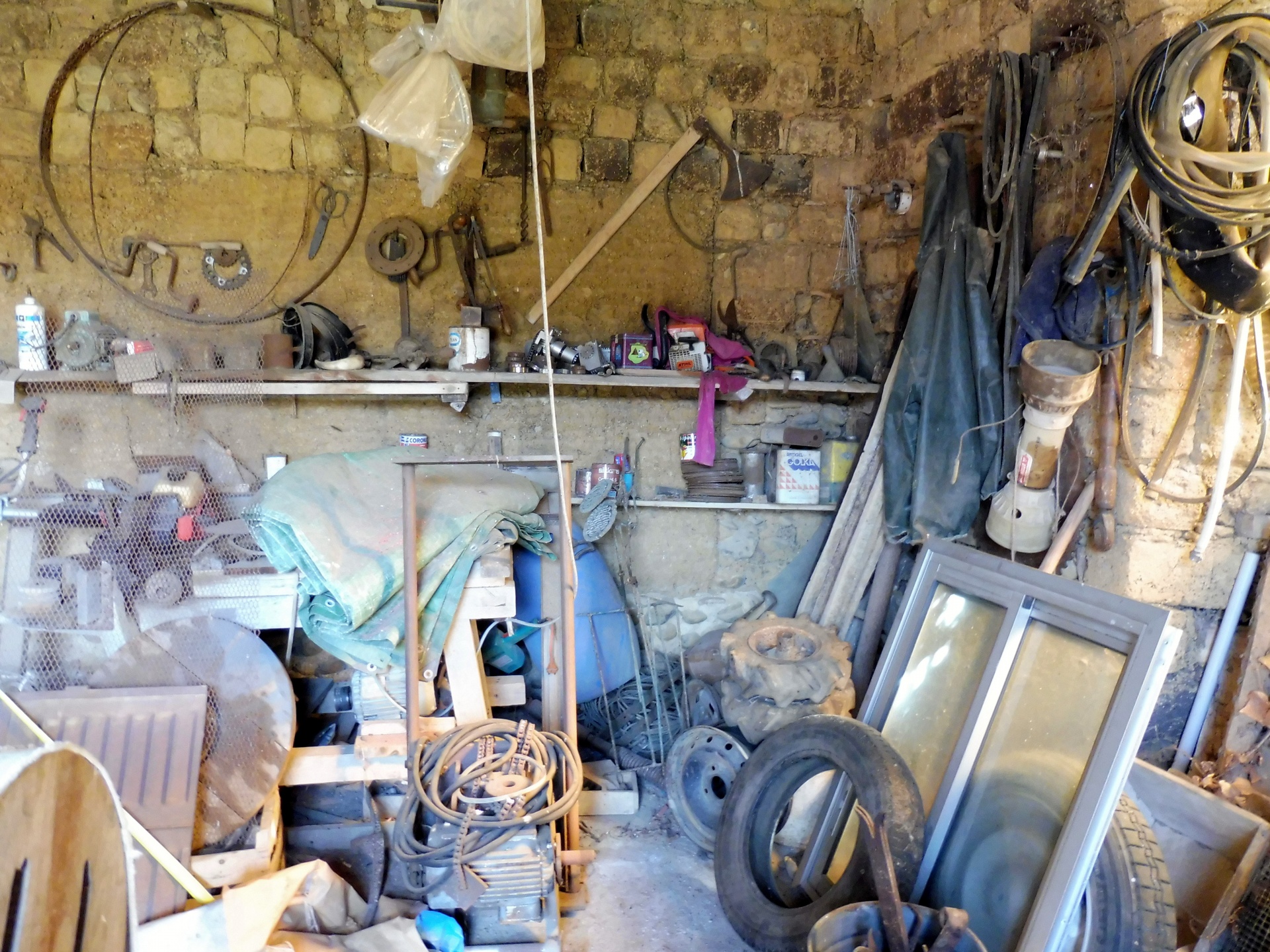Mastering Plant Care: The Essential Guide to Indoor Watering Cans
If you’re a handy person who enjoys taking care of your plants, then you know how important it is to have the right tools for the job. Indoor watering cans are an essential tool for any plant enthusiast, as they provide a controlled and precise way to water your plants. In this article, we’ll explore the importance of indoor watering cans for plant care, the different types of indoor watering cans available and their benefits, tips for choosing the right indoor watering can for your needs, how to use them effectively, and how to maintain and clean them. So, roll up your sleeves and get ready to learn more about indoor watering cans!
The importance of indoor watering cans in plant care.
As a handy man who takes pride in keeping your indoor plants healthy and thriving, you understand the importance of having the right tools for the job. And when it comes to watering your plants, there is no tool more important than an indoor watering can.
Indoor watering cans are designed specifically for houseplants, with features that make them more effective than traditional outdoor watering cans. With a long spout that allows you to easily reach into tight spaces and deliver water directly where it’s needed most, these specialized tools help prevent overwatering and ensure even distribution of water throughout your plant’s root system.

But beyond their practical benefits, indoor watering cans also offer aesthetic appeal. Available in a variety of colors and styles to match any decor scheme or personal preference, they can add an extra touch of beauty to your home while fulfilling their essential function.
So if you’re serious about maintaining healthy houseplants that thrive year-round despite changing weather conditions outside, invest in an indoor watering can today. Your green friends will thank you for providing them with precisely what they need to grow strong!
What are the types of indoor watering cans and what are their benefits?
Are you a handy man who is good at fixing things? If so, then you know the importance of having the right tools for the job. When it comes to indoor gardening, a good watering can is an essential tool for keeping your plants healthy and happy.
But with so many different types of indoor watering cans available on the market today, how do you choose which one is right for your needs? Let’s take a look at some of the most popular options and their benefits:
1. Traditional Watering Can – This classic design features a spout and handle attached to a container that holds water. It’s simple but effective, allowing you to easily control where water goes without making too much mess.
2. Long-Spouted Watering Can – This type of watering can has an elongated spout that allows you to reach plants in tight spaces or hanging baskets with ease.
3. Self-Watering Planter – These planters have built-in reservoirs that automatically provide water as needed, eliminating the need for frequent manual watering.
4. Spray Bottle – A spray bottle can be useful when dealing with delicate or small plants that require more precise moisture levels than traditional watering cans allow.
No matter which type of indoor watering can you choose, make sure it fits comfortably in your hand and has enough capacity to avoid constant refilling during use! By selecting wisely from these options based on your specific needs as well as preferences will help ensure success in maintaining healthy greens indoors all year round!
Choosing the right indoor watering can for your needs.
Choosing the right indoor watering can for your needs can make all the difference in keeping your plants healthy and thriving. As a handyman who is good at fixing things, you understand that having the right tools for the job is essential.
Firstly, consider the size of your plants and their water requirements. If you have smaller houseplants or succulents, a small watering can with a narrow spout will allow for precision when watering those hard-to-reach areas. On the other hand, if you have larger plants such as ferns or palms, a larger capacity watering can with a wider spout will be more efficient in getting water to all parts of these larger plants.
Secondly, think about ease of use and comfort while holding it. A lightweight plastic option may be easier to handle than heavier metal cans especially when dealing with multiple indoor planters requiring frequent attention.
Lastly but not least important factor while choosing an indoor gardening tool like this is how well it’s able to reduce spills during pouring which could ruin furniture or carpets around them.
When choosing an indoor watering can that suits your needs best , keep these factors in mind: Size & Spout shape; Ease-of-use; Anti-spill feature
With proper consideration given towards selecting appropriate equipment like this one mentioned here – gardeners are sure to enjoy their hobby even more knowing they’ve got everything they need on-hand!
Tips for using indoor watering cans effectively
As a handyman, you know the importance of keeping indoor plants healthy and thriving. Using an indoor watering can may seem like a simple task, but there are actually several tips to keep in mind for maximum effectiveness.
Firstly, make sure your watering can has a long spout. This will allow you to reach deep into the soil without disturbing the plant’s roots or foliage. Additionally, choose a size that is appropriate for your plant collection – too small and you’ll be constantly refilling it, too large and it may become difficult to control water flow.
Next, pay attention to the temperature of your water. Plants prefer room temperature water as opposed to cold or hot temperatures which can shock their system. Letting tap water sit out overnight before using it also allows any chlorine or other chemicals added during treatment time evaporate.
When filling up your watering cans always fill from below so that no air bubbles get trapped in there causing uneven distribution of moisture especially on bigger pot plants.
Finally yet importantly consider investing in an adjustable nozzle attachment for more precise control over how much and where each drop goes on each leaf surface area.
By following these tips when using an indoor watering can effectively will save you time by reducing additional trips back-and-forth between sink areas while ensuring optimal health benefits for all beloved houseplants alike!
Maintaining and cleaning your indoor water can.
Maintaining and cleaning your indoor watering can may seem like a small task, but it can actually have a big impact on the health of your plants. To keep your watering can in top condition, follow these simple steps.
First, after each use, empty any remaining water from the can and wipe it out with a clean cloth or paper towel. This will prevent any buildup of mineral deposits or algae that could clog the spout.
Next, once every few weeks (or more often if you use hard water), mix equal parts white vinegar and water and pour it into the watering can. Let this solution sit for at least an hour to dissolve any mineral buildup inside the can. Then rinse thoroughly with clean water.
If you notice stubborn stains or buildup that won’t come off with vinegar alone, try adding a tablespoon of baking soda to some warm water in your watering can and letting it soak overnight before rinsing again.
Finally, always store your indoor watering cans upside down to prevent stagnant moisture from accumulating inside which could lead to mold growth or rust over time.
By taking care of your indoor watering cans regularly through simple maintenance such as these tips above will not only prolong their lifespan but also ensure healthy plant growth for all those green thumbs out there!
Conclusion
Indoor watering cans provide a great way to effectively water your plants while providing an aesthetically pleasing look. From selecting the right size and shape, to ensuring proper maintenance and cleaning of your can, remember there is much you can do to make sure that your indoor garden gets all the care it needs! With a bit of knowledge, along with some creativity you’re sure to have beautiful plants in no time—now get out there and start maintaining those greens!















